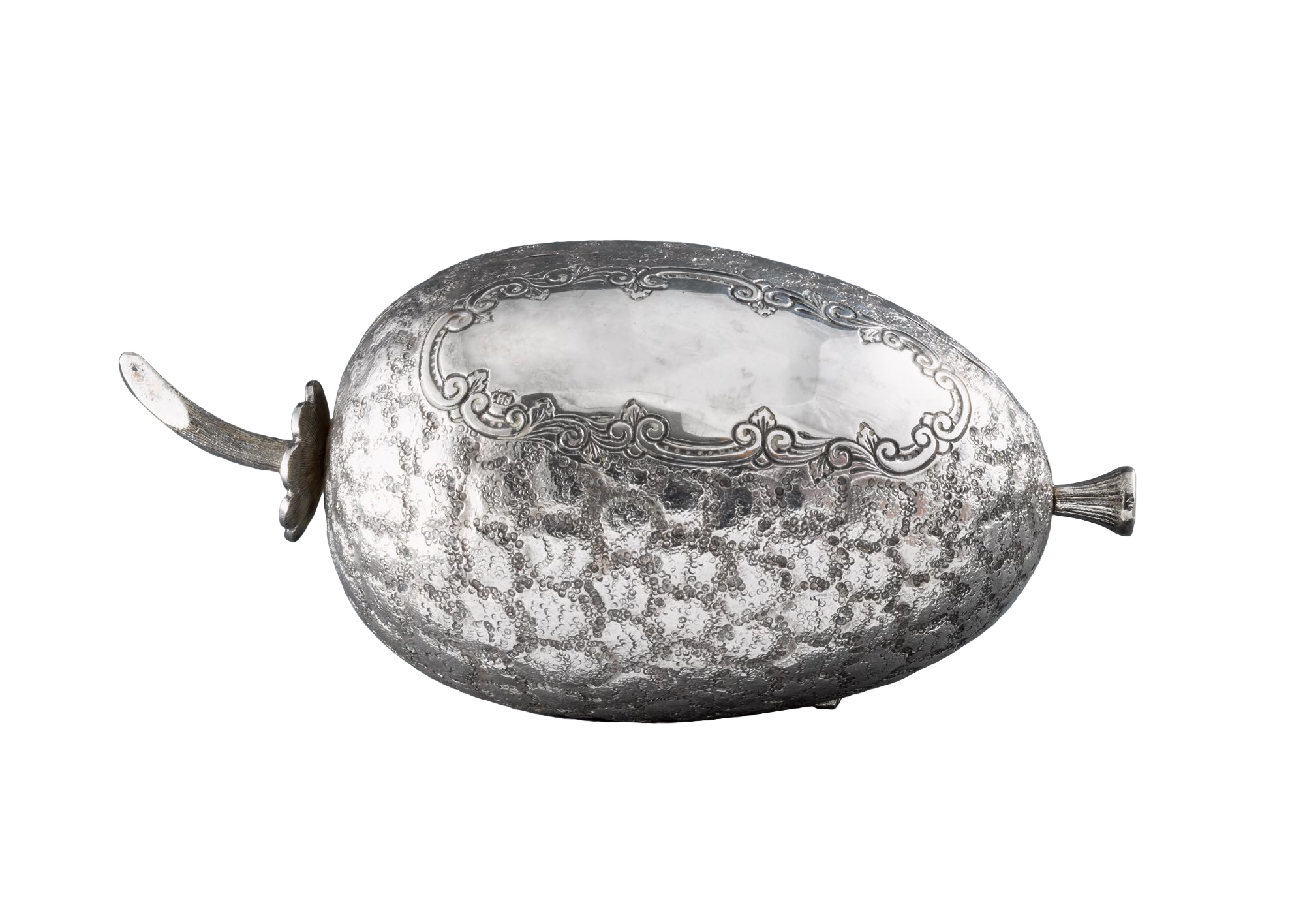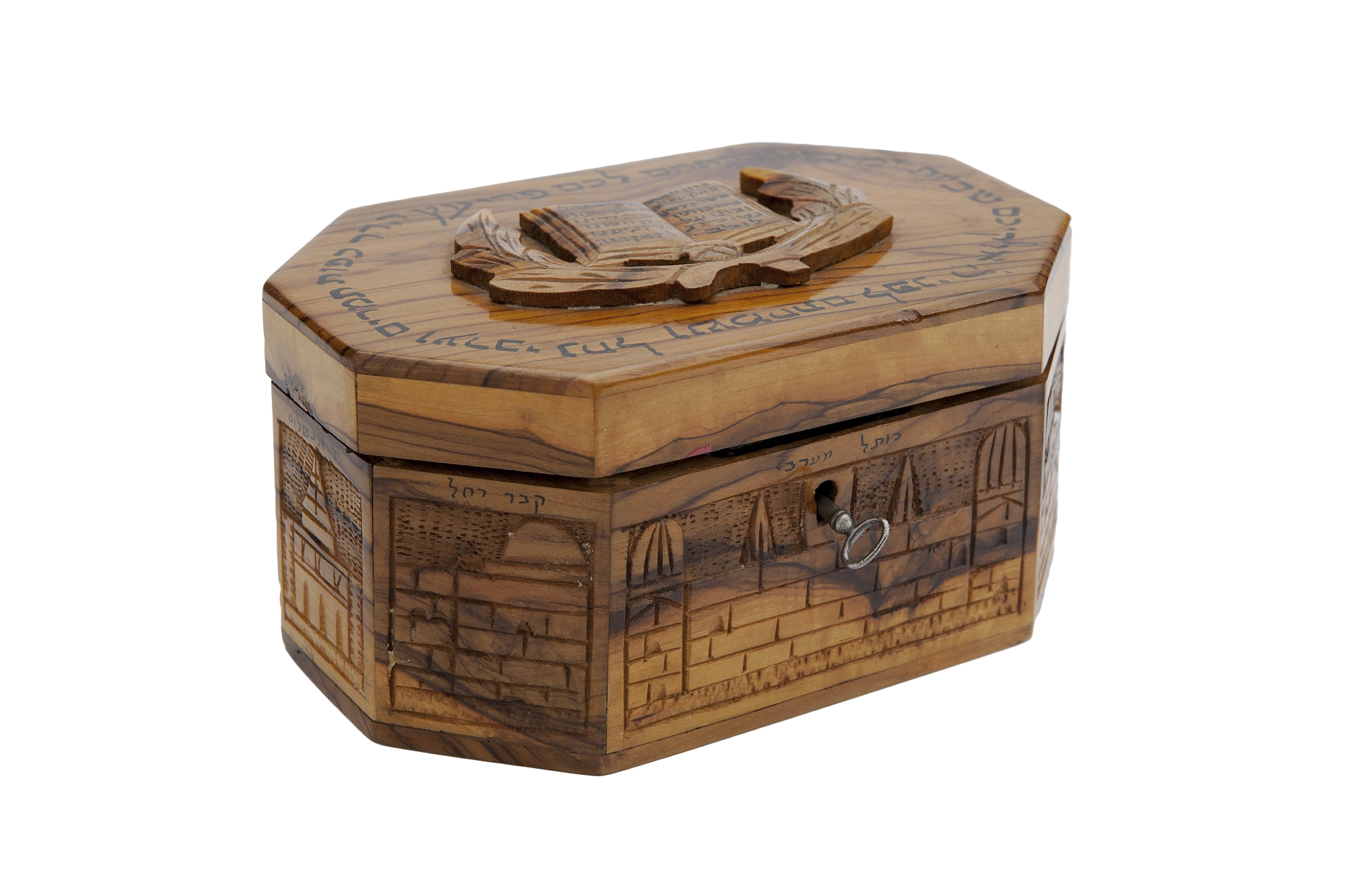
Un kontenidor ke kontyene el etrog


Object Talk at the Jewish Museum London: Etrog Box from India
Gutmann, Joseph. “Sukkot and Simhat Torah in Art.” The Sukkot and Simhat Torah Anthology, ed. Philip Goodman, Philadelphia: Jewish Publication Society, 1973, pp. 25-30, 123-28.
Sabar, Shalom. “Hadar and Hiddur: The Art and Material Culture of the Etrog.” Be Fruitful! A Global History of the Etrog in Jewish Culture and Art, ed. Sharon Mintz and Warren Klein, Jerusalem: Mineged Press, 2021.
Weiser-Ferguson, Sharon. “Out of the Box: The Design of Modern and Contemporary Etrog Containers.” Be Fruitful! A Global History of the Etrog in Jewish Culture and Art, ed. Sharon Mintz and Warren Klein, Jerusalem: Mineged Press, 2021.
Eskojer una lingua